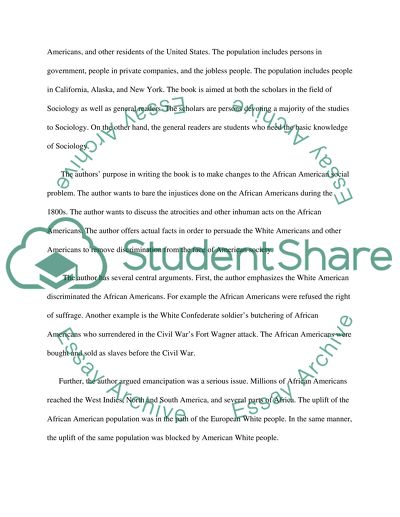Cite this document
(“The Negro Book Report/Review Example | Topics and Well Written Essays - 1000 words”, n.d.)
Retrieved from https://studentshare.org/literature/1396144-the-negro
Retrieved from https://studentshare.org/literature/1396144-the-negro
(The Negro Book Report/Review Example | Topics and Well Written Essays - 1000 Words)
https://studentshare.org/literature/1396144-the-negro.
https://studentshare.org/literature/1396144-the-negro.
“The Negro Book Report/Review Example | Topics and Well Written Essays - 1000 Words”, n.d. https://studentshare.org/literature/1396144-the-negro.


